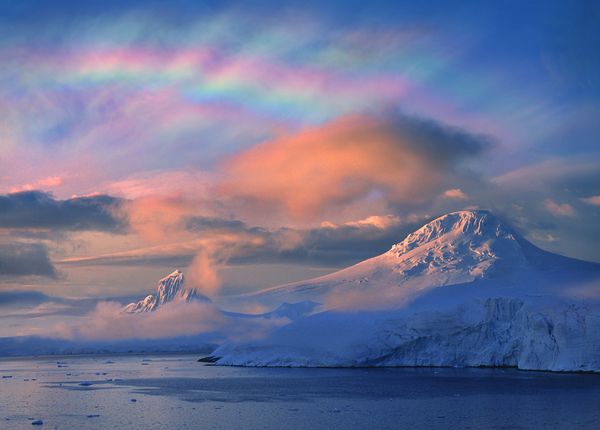
© Picture Press / AlamyStratospheric clouds in the Arctic (file picture) worsen ozone loss, experts say.
Spawned by strangely cold temperatures, "beautiful" clouds helped strip the Arctic atmosphere of most of its protective
ozone this winter, new research shows.
The resulting zone of low-ozone air could drift as far south as New York, according to experts who warn of increased skin-cancer risk.
The stratosphere's global blanket of ozone - about 12 miles (20 kilometers) above Earth - blocks most of the
sun's high-frequency ultraviolet (UV) rays from hitting Earth's surface, largely preventing sunburn and skin cancer.
But a continuing high-altitude freeze over the Arctic may have already reduced ozone to half its normal concentrations - and "an end is not in sight," said research leader
Markus Rex, a physicist for the Alfred Wegener Institute for Polar and Marine Research in Bremerhaven, Germany.
Preliminary data from 30 ozone-monitoring stations throughout the Arctic show the degree of ozone loss was larger this winter than ever before, Rex said.
Before spring is out, "we may even get the first Arctic ozone hole ... which would be a dramatic development - one which would make it into coming history books," he said.
"It's too early to call, but stay tuned."
